The 5 worst decisions in the history of Spanish technology companies
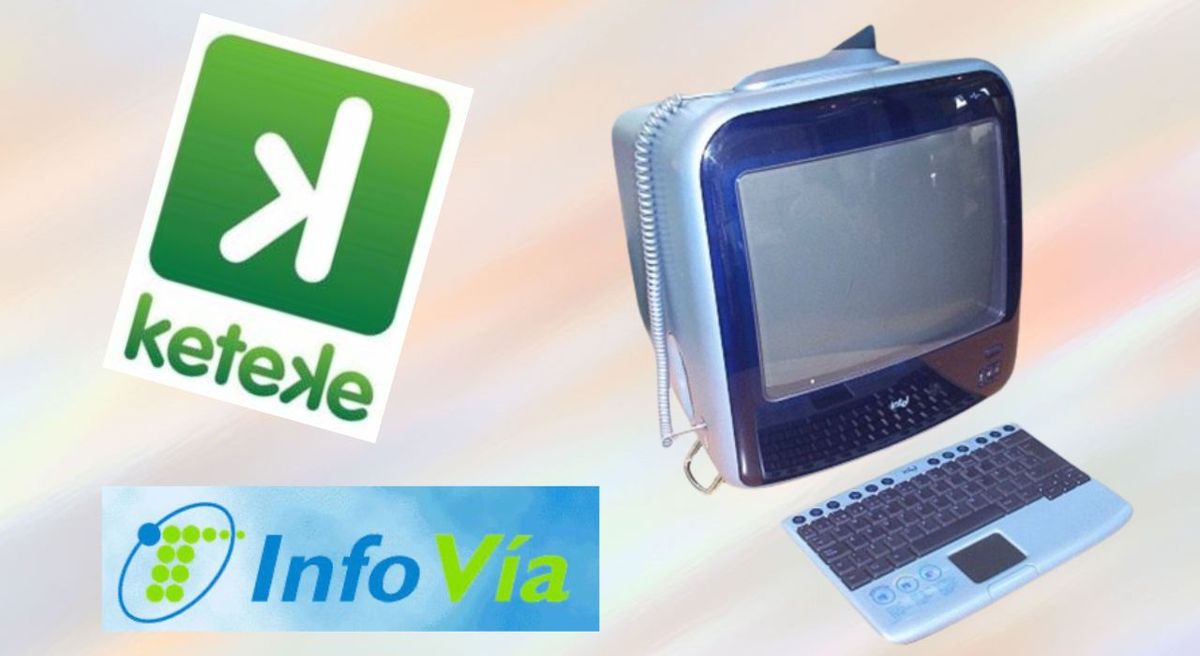
There are countless decisions technology companies that have not worked.
There are examples of very successful companies such as apple, Facebook or Google that have simply represented a small setback in their accounts, as well as enormous mistakes that have led to the bankruptcy or disappearance of some other company.
The usual thing is to focus on giants in the sector, which are usually in the United States or in Asia, but it also happens in our homeland.
This is how great leaders use the 10-second rule to resolve conflicts
Today it’s time to delve into the 5 worst decisions in the history of Spanish technology companies that were an absolute disaster. From the classic Terra or Infovía to applications like Yaap or the Keteke social network.
Infovia
It was a project founded by Telefónica in 1995 and its main novelty was that it allowed any user to connect to the Internet through a call to 055. With this, they could have access to directories of supplier companies such as access to email or other services.
Your big problem? It was very slow and very expensive. To give you an idea, one hour cost 139 pesetas, which is 0.84 euros. It may not seem like much, but if this is translated into a monthly account, Sailing 2 hours a day cost about 50 euros per month.
In addition, there were constant connection problems and the worst thing was: the operator charged even if you couldn’t connect to the internet.
The service only lasted 3 years, since in 1998 Telefónica closed Infovía by ministerial order.
Terra
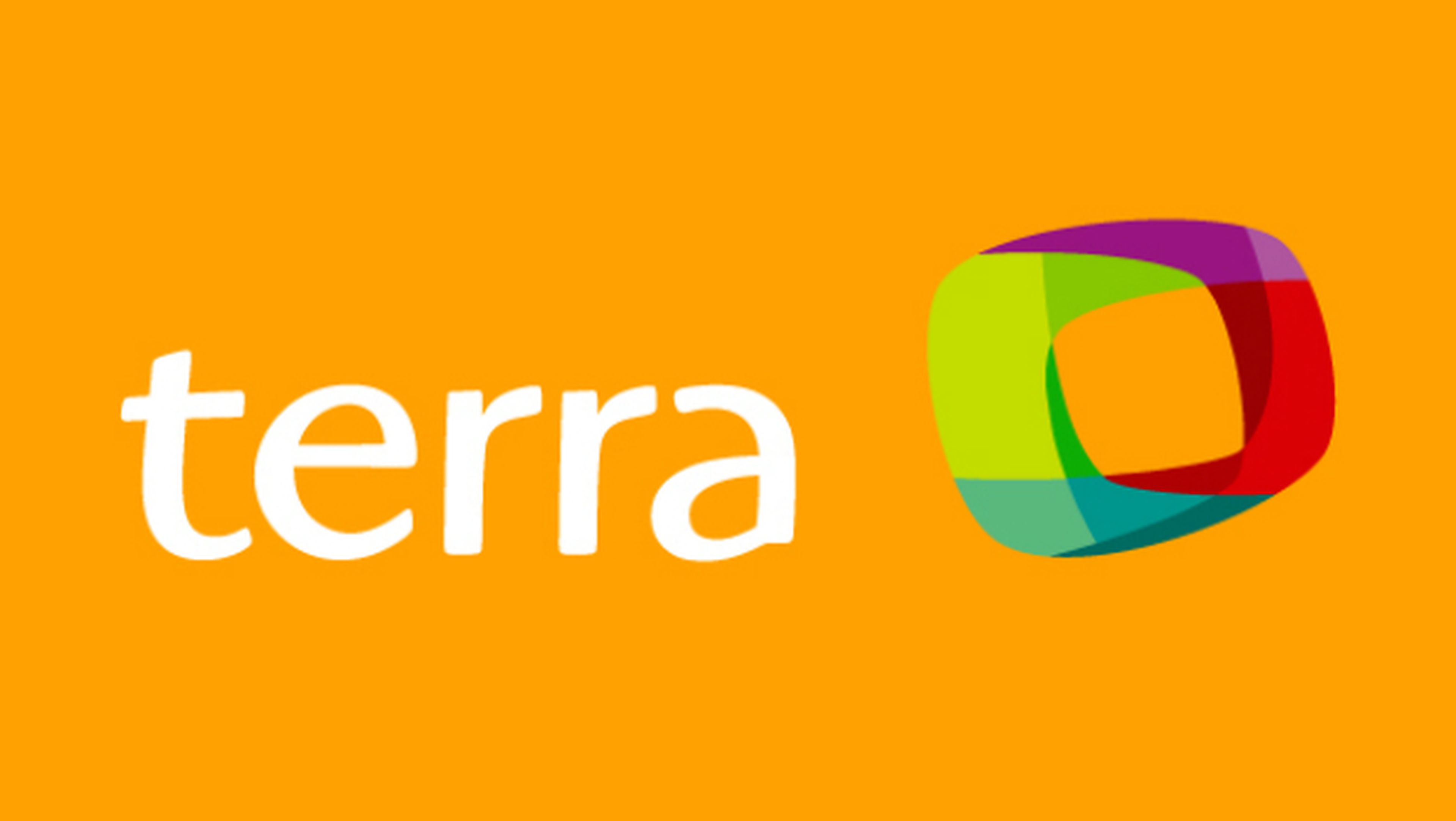
It was an absolute success when it was launched in 1999, but the burst of the dotcom bubble in March 2000 caused total decline, causing losses for Telefónica of more than 2,000 million euros and in 2017 it closed permanently.
To give you an idea of the importance of Terra, the company was practically like saying Google or Facebook today, even more so, in fact.
To give you an idea of its importance, lThe company, which was born as Terra Networks at the end of 1997, surpassed Repsol or BBVA in capitalization..
It was an absolute reference for Spanish Internet users, it even went public and was included in the select Ibex 35 a year later. In 2005 he stopped trading and in 2017 everything ended after 18 years of history.
Keteke
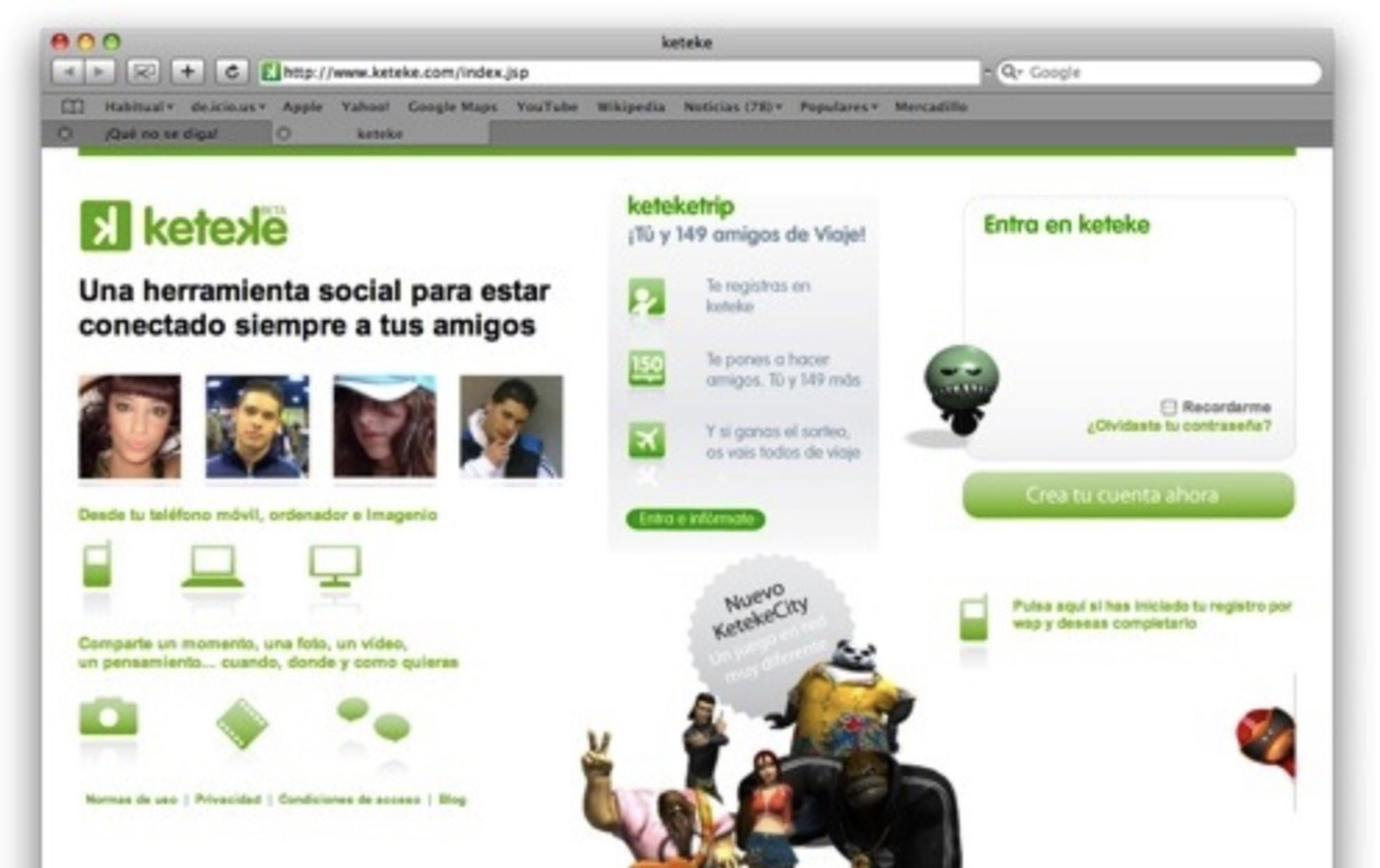
Wikipedia
It was a social network that was launched in 2008 with the aim of taking away some market share from the successful Tuenti and Facebook.
Telefónica put all the meat on the grill, pbecause it invested more than 10 million euros and even had Paris Hilton as the image of the social networkbut nothing stuck: no one used the social network and it lasted less than 2 years.
The end of the social network was ready for judgment when Movistar bought Tuenti. At first Keteke became a news portal for young people, but after seeing how it didn’t work either, Movistar removed its name and renamed it Movistar Joven, something that also ended up disappearing over time.
Yaap
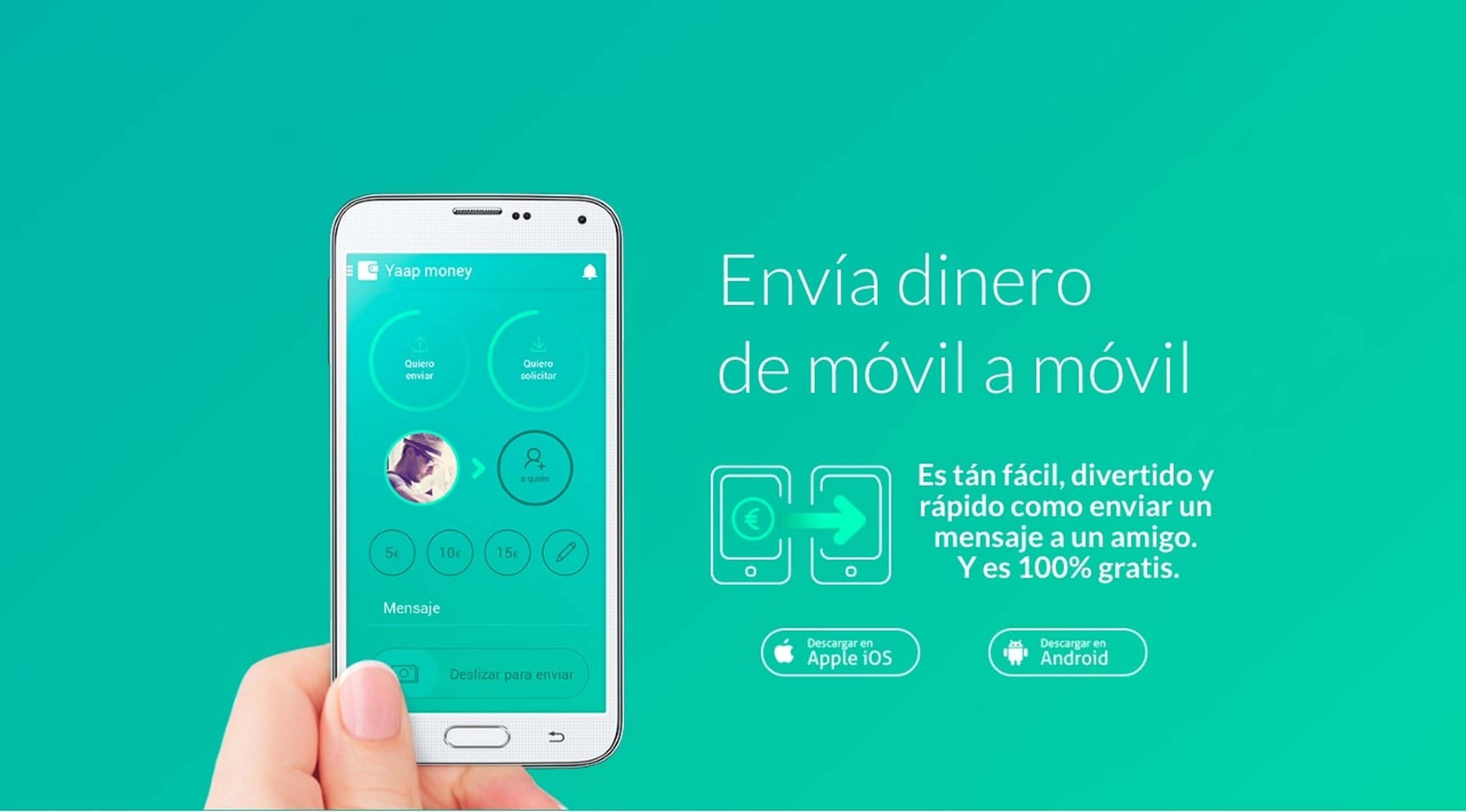
Yaap
Possibly, it was an application ahead of its time, but it didn’t work.
Something strange, seeing that CaixaBank, Movistar and Santander were behind, which invested 27 million euros in an application that had 2 key functions: one for exchanging money and another for investors.
The application came out in 2014 and closed 2 years later with only 2,400 euros in income.
The problem was the focus of the business, since while the money exchange worked really well (it got more than 150,000 downloads), investors were looking for another concept.
DotStation
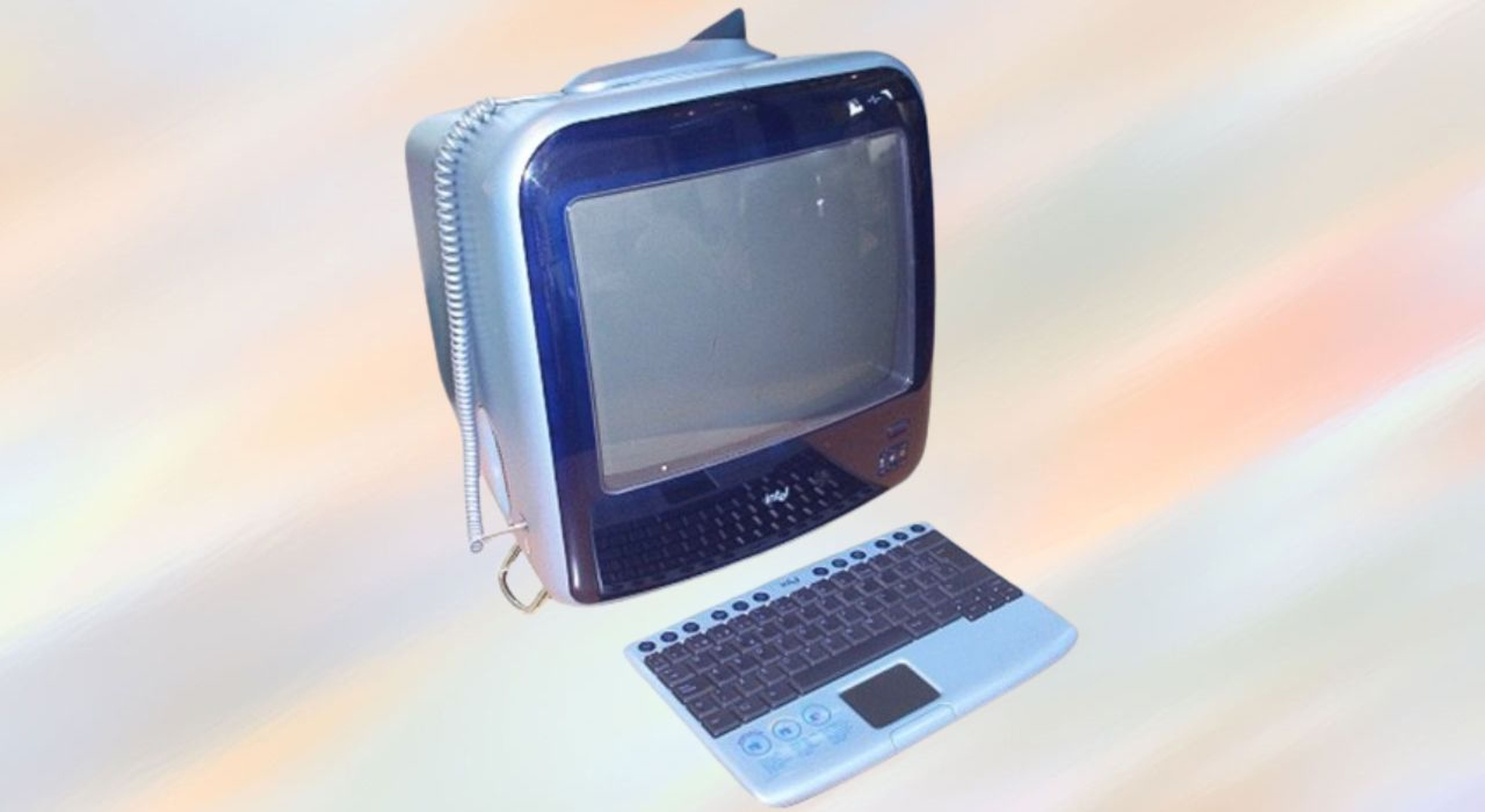
Wikipedia
Technically, it is not a Spanish product, but there were actors involved. More specifically, Banco Santander.
In 2002, Intel launched a PC with a custom operating system that was primarily used to connect to the Internet. The most curious thing? It had a built-in telephone that hung above the monitor.
The American company positioned it as a device so that users could connect to the Internet. The first interested party was Banco Santander, who saw the product as a solution so that their clients could have quick access to the first steps of electronic banking.
Santander ordered nearly 500,000 units and launched a large customer acquisition campaign, but it was an absolute commercial failure.



